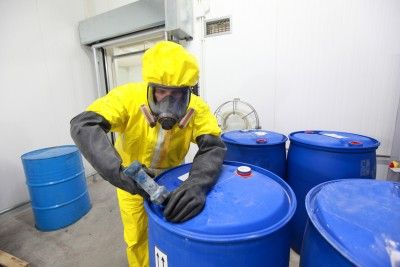
© greenmedinfo.com
As we reported on back in June of last year, in an exposé titled,
Consumer Alert: BPA-Free Goods Still Contain Toxin Bisphenol, the petrochemical bisphenol A (BPA), a ubiquitous ingredient in thousands of consumer products and which has been linked to a wide range of serious adverse health effects,
[i] has been removed by many ostensibly scrupulous manufacturers in favor of another equally toxic analog in the same chemical class, known as bisphenol S (BPS). This has enabled manufacturers of products as varied as thermal printer receipts to sippy cups to advertise their products as "BPA-free," while still exposing consumers to potentially harmful, and less regulated chemicals.
BPS is actually not only within the same range of toxicity of BPA, but is slower to degrade, and therefore will be more likely to remain a persistent toxin and environmental pollutant.
[ii] It has already been found to be present in the urine of 81% of those tested from the United States and seven Asian countries.
[iii]Now, new concern is being raised by a study published this month in the journal
Environmental Health Perspectives showing that BPS has estrogenic activity comparable to estradiol, the most potent and therefore concerning human estrogen, and is even capable of
enhancing estradiol-mediated cell signaling activity. These actions indicate it has great potential to disrupt normal endocrine processes. The study also found that BPS is capable of inducing cell death (apoptosis), as well as interfere with cellular prolactin (PRL) secretion. This latter effect has a broad range of indications, as the prolactin hormone regulates hundreds of biological functions, including metabolism, reproduction and lactation.
[iv]



Comment: Additional information about the numerous dangers of sugar:Addicted to Sugar?
Sugar: The Bitter Truth
A Spoon Full of Sugar.... Is Toxic?
Sugar Addiction is Real
The Health Detriments of Sugar Revealed
Sugar High: The Dark History and Nasty Methods Used to Feed Our Sweet Tooth
Sweet Sabotage: The Harsh Reality of Sugar, Sugar Substitutes and "Natural Sweeteners"